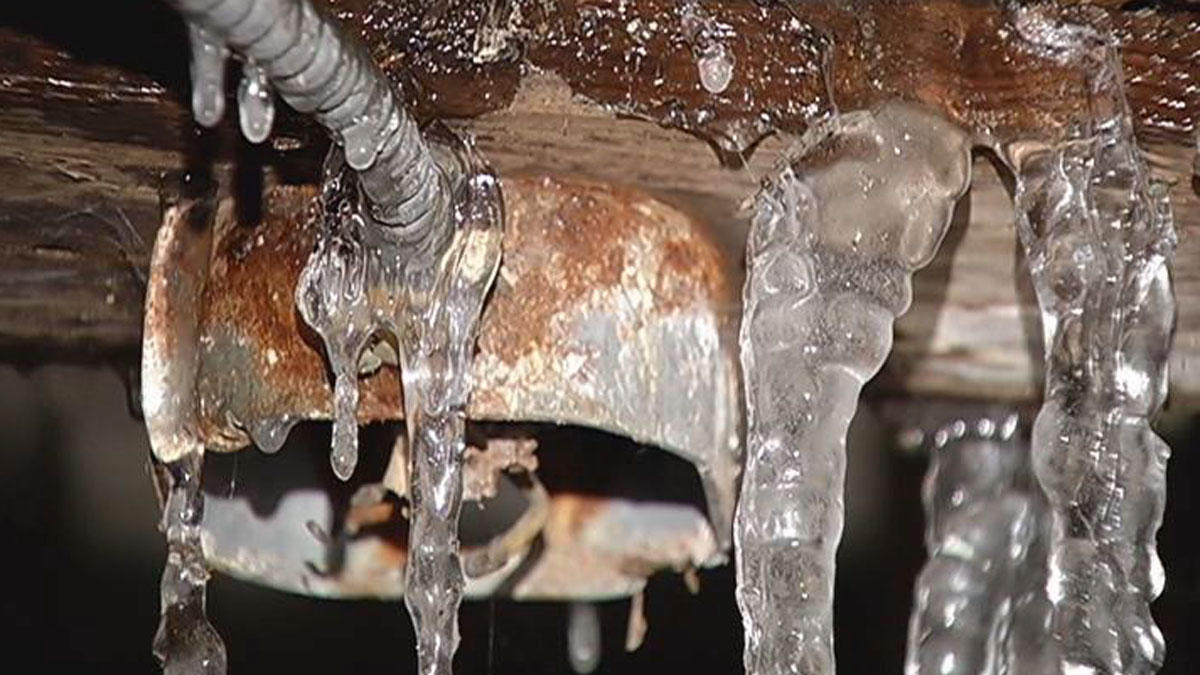Essential Methods for Preventing Frozen Plumbing in Cold Weather
Essential Methods for Preventing Frozen Plumbing in Cold Weather
Blog Article
How do you actually feel in regards to How to Prevent Your Pipes From Freezing?

Winter can damage your plumbing, especially by freezing pipes. Right here's just how to avoid it from happening and what to do if it does.
Introduction
As temperatures decrease, the danger of icy pipelines boosts, possibly resulting in expensive fixings and water damage. Understanding just how to prevent icy pipes is vital for home owners in chilly climates.
Recognizing Icy Pipes
What triggers pipes to ice up?
Pipelines freeze when exposed to temperatures listed below 32 ° F (0 ° C) for extended periods. As water inside the pipes ices up, it increases, taxing the pipe walls and possibly creating them to burst.
Risks and problems
Frozen pipes can cause water system disruptions, home damage, and costly repairs. Burst pipelines can flood homes and trigger considerable architectural damage.
Indications of Frozen Water Lines
Determining icy pipes early can stop them from bursting.
Just how to determine icy pipelines
Try to find lowered water flow from taps, uncommon smells or noises from pipes, and visible frost on revealed pipelines.
Avoidance Tips
Protecting vulnerable pipelines
Cover pipes in insulation sleeves or use heat tape to secure them from freezing temperatures. Focus on pipes in unheated or exterior areas of the home.
Heating methods
Keep interior rooms properly warmed, particularly locations with plumbing. Open cupboard doors to allow cozy air to distribute around pipelines under sinks.
Safeguarding Outside Pipes
Yard pipes and outdoor taps
Disconnect and drain pipes garden hose pipes before winter months. Install frost-proof faucets or cover outdoor taps with protected caps.
What to Do If Your Pipes Freeze
Immediate actions to take
If you presume icy pipelines, maintain faucets open up to ease pressure as the ice thaws. Utilize a hairdryer or towels taken in hot water to thaw pipelines slowly.
Long-Term Solutions
Architectural adjustments
Take into consideration rerouting pipes away from exterior wall surfaces or unheated areas. Include additional insulation to attic rooms, cellars, and crawl spaces.
Upgrading insulation
Invest in top quality insulation for pipelines, attic rooms, and walls. Proper insulation aids preserve regular temperatures and decreases the risk of icy pipes.
Final thought
Stopping frozen pipes requires positive actions and quick responses. By comprehending the reasons, signs, and preventive measures, property owners can safeguard their plumbing during winter.
6 Proven Ways to Prevent Frozen Pipes and Protect Your Home
Disconnect and Drain Garden Hoses
Before winter arrives, start by disconnecting your garden hoses and draining any remaining water. Close the shut-off valves that supply outdoor hose bibs and leave the outdoor faucet open to allow any residual water to drain. For extra protection, consider using faucet covers throughout the colder months. It’s also important to drain water from any sprinkler supply lines following the manufacturer’s directions.
Insulate Exposed Pipes
Insulating your pipes is an effective way to prevent freezing. Pipe insulation is readily available at home improvement stores and is relatively inexpensive. Pay close attention to pipes in unheated areas such as the attic, basement, crawl spaces, or garage. Apply foam insulation generously to create a buffer against the cold. You can also wrap your pipes in heat tape or thermostat-controlled heat cables for added warmth.
Seal Air Leaks
Inspect your home for any cracks or openings that could let in cold air. Seal any holes around the piping in interior or exterior walls, as well as the sill plates where your home rests on its foundation. Additionally, make sure to keep your garage door closed unless you’re entering or exiting. Leaving it open creates a significant air leak that can lead to frozen pipes.
Allow Warm Air Circulation
During cold snaps, it’s essential to allow warm air to circulate evenly throughout your home. Leave interior doors ajar to promote better airflow. Open kitchen and bathroom cabinets to help distribute heat consistently around the rooms. If you have small children or pets, be sure to remove any household chemicals or potentially harmful cleaners from open cabinets for safety.
Let Faucets Drip
A small trickle of water can make a big difference in preventing ice formation inside your pipes. When temperatures drop significantly, start a drip of water from all faucets served by exposed pipes. This continuous flow helps prevent the water from freezing. Additionally, running a few faucets slightly can relieve pressure inside the pipes, reducing the chances of a rupture if the water inside does freeze.
https://choateshvac.com/6-proven-ways-to-prevent-frozen-pipes-and-protect-your-home/

As a devoted reader about 6 Ways to Prevent Frozen Pipes, I thought sharing that information was beneficial. Do you know about someone else who is in to the niche? Take a moment to share it. Thanks for taking the time to read it.
Call Today Report this page